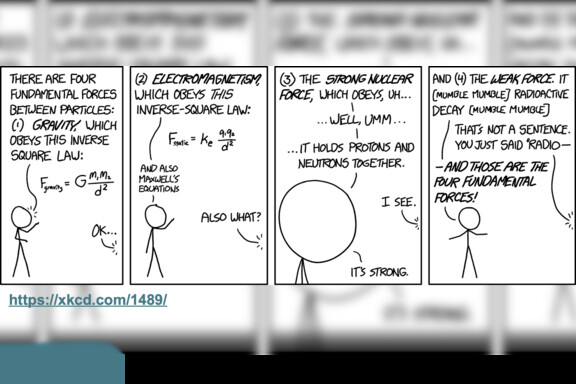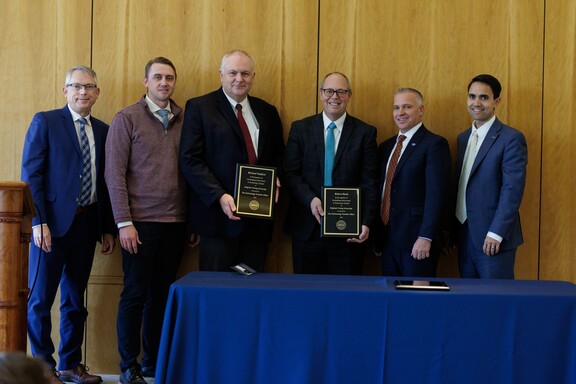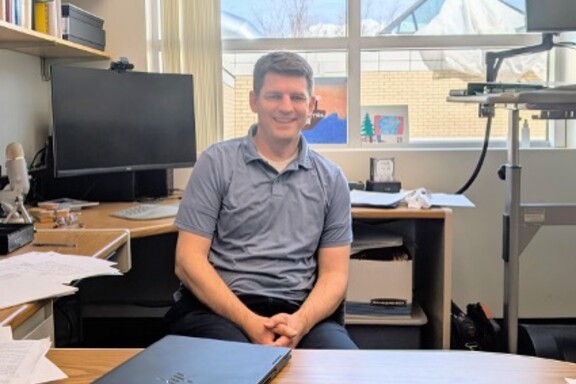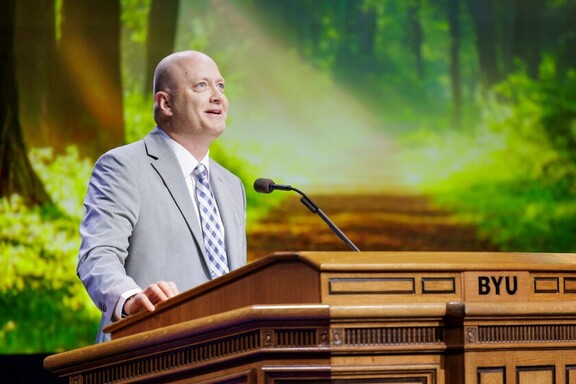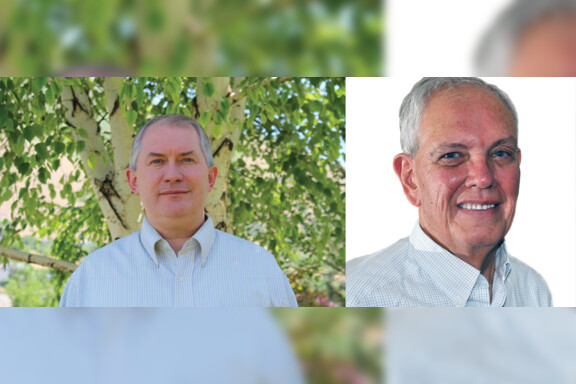 Over the past two years, the old student machine shop in the Eyring Science Center basement has been converted into a fully operational lab. Led by Dr. Traci Neilsen, the new Underwater Acoustics lab applies acoustical principles in an aquatic setting. As part of the Acoustics Research Group at BYU, the lab allows students to gain experience in interdisciplinary applications, experimental techniques, and managing uncertainty.
Over the past two years, the old student machine shop in the Eyring Science Center basement has been converted into a fully operational lab. Led by Dr. Traci Neilsen, the new Underwater Acoustics lab applies acoustical principles in an aquatic setting. As part of the Acoustics Research Group at BYU, the lab allows students to gain experience in interdisciplinary applications, experimental techniques, and managing uncertainty.
The lab has already provided interdisciplinary collaboration between departments on campus, as well as institutions outside of BYU. One of the projects being conducted in the lab involves determining ways to use machine learning in underwater acoustics. With applications in both passive sonar and aquatic environment research, this project utilizes the abilities of physics, applied physics, computer science, and applied math majors. Dr. Neilsen says, “The ultimate goal is to figure out how to conduct an approach to transfer learning and refinement that provides robust performance of the machine learning algorithms for real-time applications.” Another project being planned, with Dr. Jerald Johnson (Biology Dept.), involves investigating the acoustical signatures of fish behaviors. This research focuses on how these behaviors may appeal to auditory senses and lateral line rather than visual acuity. In addition, discussions have begun for a collaboration with Dr. Josh Mangleson, (ECEN Dept.), who studies navigation, perception, and communication of Autonomous Underwater Vehicles.
Students working in this new lab practice experimental design and uncertainty management, which hone the techniques they learn in the classroom. Student are trained to use the UR10e collaborative robots, the data acquisition system, hydrophones, and other sensors. Through managing the countless cables that span the lab and proposing new measurement configurations, students are learning experimental design. They also develop uncertainty management skills by learning to reduce (or account for) the noise throughout the measurement system. Because the lab is a new addition to the department and still in development, students are also learning to make decisions about equipment purchasing and lab design. This lab is being designed to continue to teach students the satisfaction of successful experimental set-up in the research crossroads of underwater acoustics.
(Student contributors: RJ Cass, Gabriel Fronk, Kennedy Gifford)
News and Events






